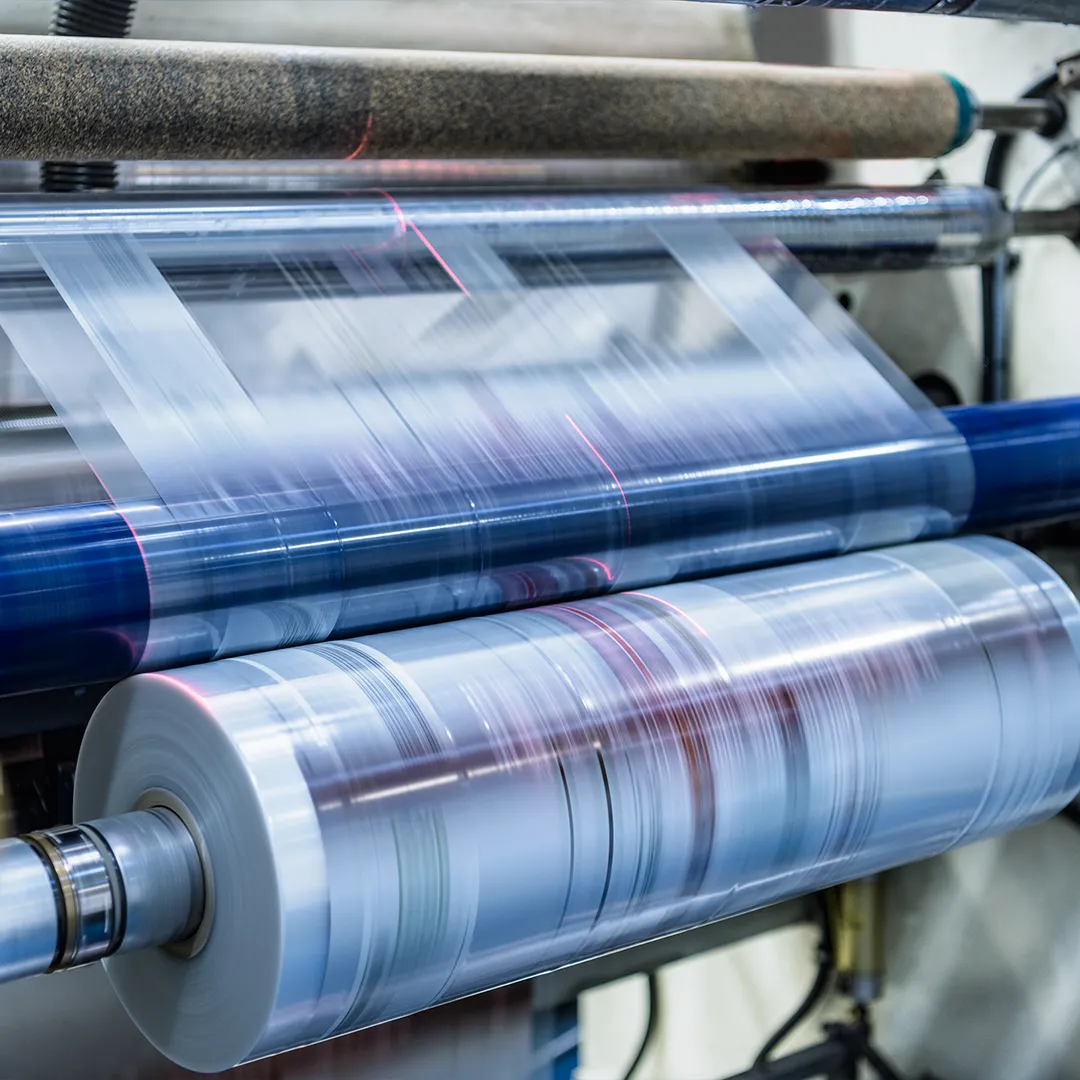Paper is a versatile and widely-used material, and it can be recycled to create new products. However, when it comes to paper packages, such as boxes and bags, the process of recycling can be more challenging. In this post, we will explore the basics of paper recycling, the challenges of recycling paper packages, strategies for improving the recyclability of these materials, the benefits of recycling paper packages, and the role of consumers in the process.
The Basics of Paper Recycling
Paper can be recycled by breaking it down into its individual fibers and then using those fibers to create new paper products. This process is called pulping. During pulping, the paper is mixed with water and chemicals to break it down into a slurry of fibers. The fibers are then cleaned, processed, and formed into new paper products.
The Challenges of Recycling Paper Packages
Paper packages, such as boxes and bags, can be more difficult to recycle than other types of paper because they often contain a mix of materials, such as plastic, glue, and metal. These additional materials can interfere with the pulping process, making it difficult to create a high-quality product. Additionally, paper packages are often contaminated with food waste, which can also hinder the recycling process.
Strategies for Improving the Recyclability of Paper Packages
There are a few strategies that can be used to improve the recyclability of paper packages. For example, using a higher percentage of post-consumer recycled material in the packaging can make it easier to recycle. Additionally, designing the packaging to use less glue and other non-paper materials can also improve its recyclability.


